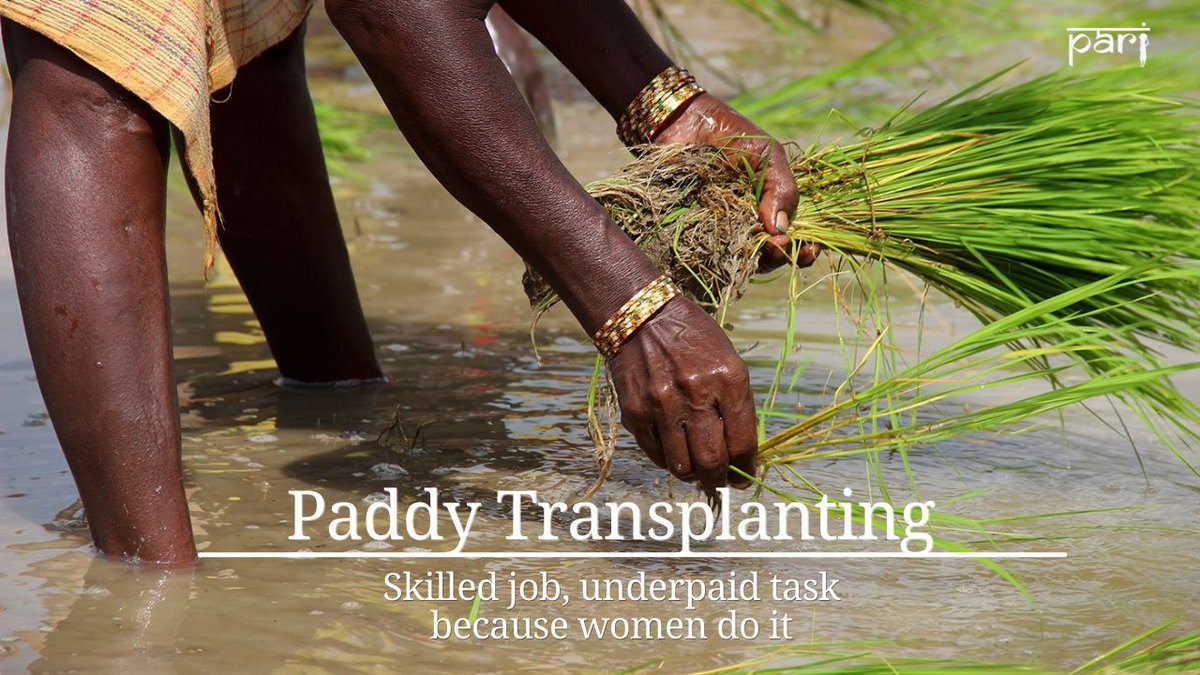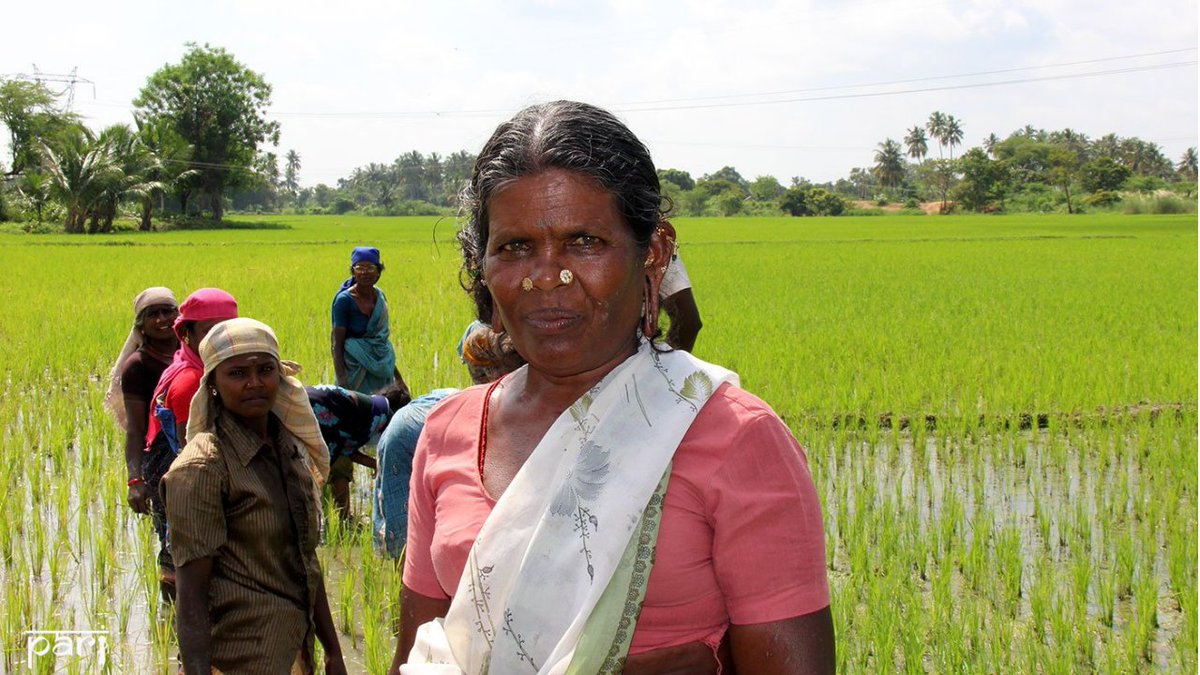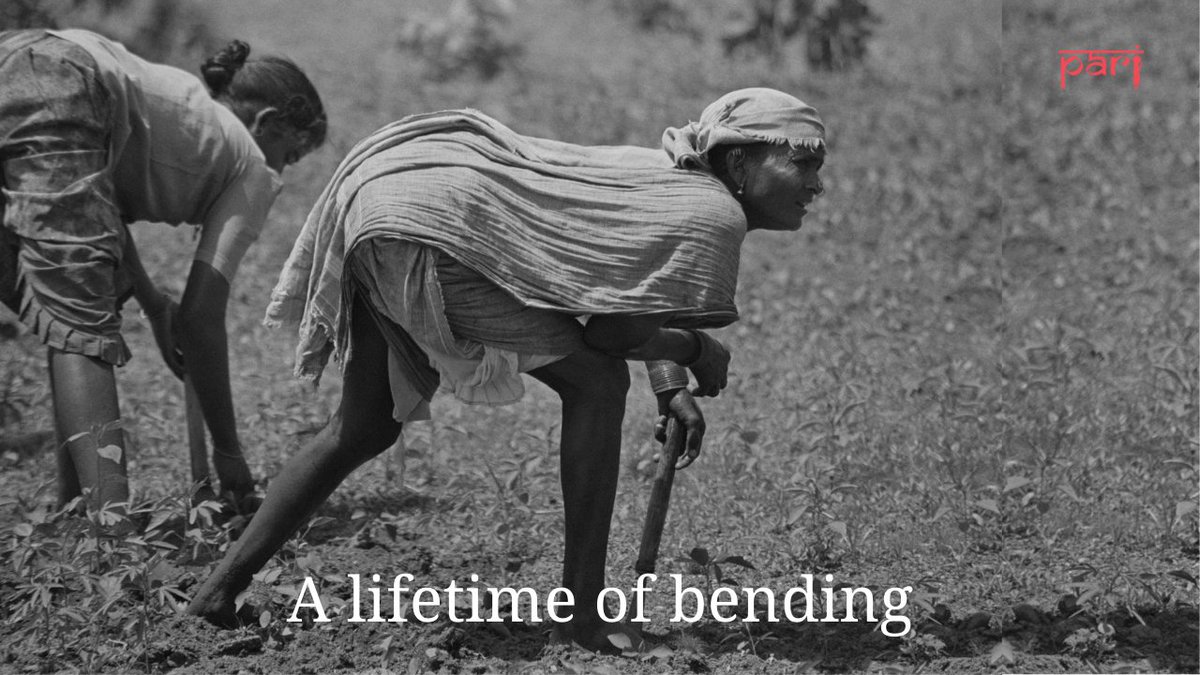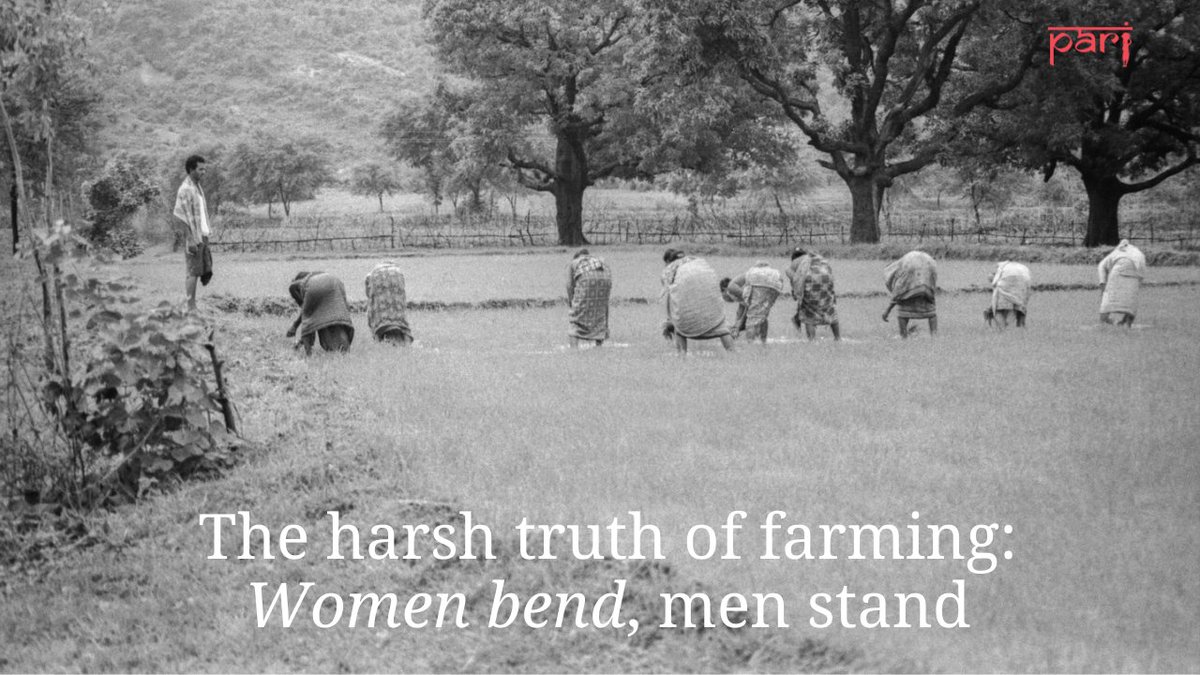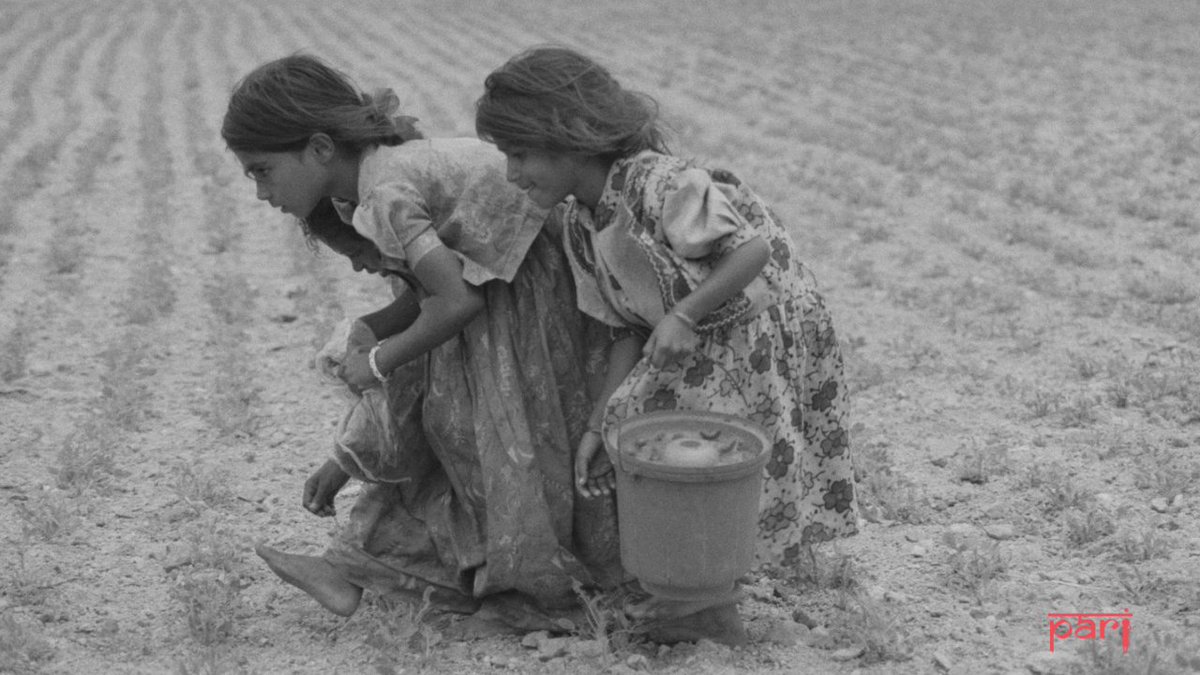
[From the archives]
These are skilled farmers, with no land. So they grew food without soil. They had to grow something to eat. So they do - on the roof of their thatched huts. How? Find out in this short 🧵
ruralindiaonline.org/en/articles/si…
These are skilled farmers, with no land. So they grew food without soil. They had to grow something to eat. So they do - on the roof of their thatched huts. How? Find out in this short 🧵
ruralindiaonline.org/en/articles/si…
He was a skilled farmer – but had no land. He said his family once had a small plot that they lost ages ago. Sibu Laiya, perhaps in his late 50s, had not lost his skills, though. 2/n
Like most of the Kahar community in Nonmati village of Jharkhand’s Godda district, Laiya was a labourer – and extremely poor. And, like many among the Kahars, he was also resourceful in the face of adversity. 3/n
As Sibu told @PSainath_org when he visited his home more than 2 decades ago: “Having no land doesn’t mean I don’t have to eat. And since we don’t have enough money to buy all our needs, we must grow something, somewhere.” 4/n
That ‘somewhere’ was the roof of his tiny house where he grew leafy greens and other produce. It wasn’t the elegant rooftop gardening of the urban hobby farmer. Laiya and his community didn’t live in pucca buildings with spacious roofs. 5/n
Yet, how effectively he managed his garden. The space available could not have exceeded 6 feet by 10 feet. Still, in his tiny, elevated ‘plot’ Laiya had very creatively grown creepers and small plants. As far as the reporter could tell, little or no soil was used as a base. 6/n
This is a practice prevalent among poor landless people (or those with tiny plots). You come across colonies that grow food in this way. @PSainath_org visited Nonmati before the state of Jharkhand came into being in 2000. Friends tell me the rooftop ‘farms’ are still there. 7/n
Full story | ruralindiaonline.org/en/articles/si… [fin]
• • •
Missing some Tweet in this thread? You can try to
force a refresh

